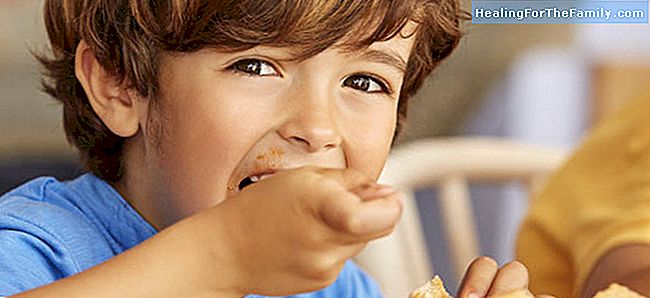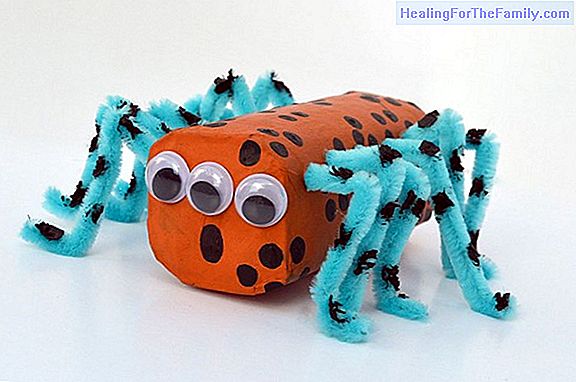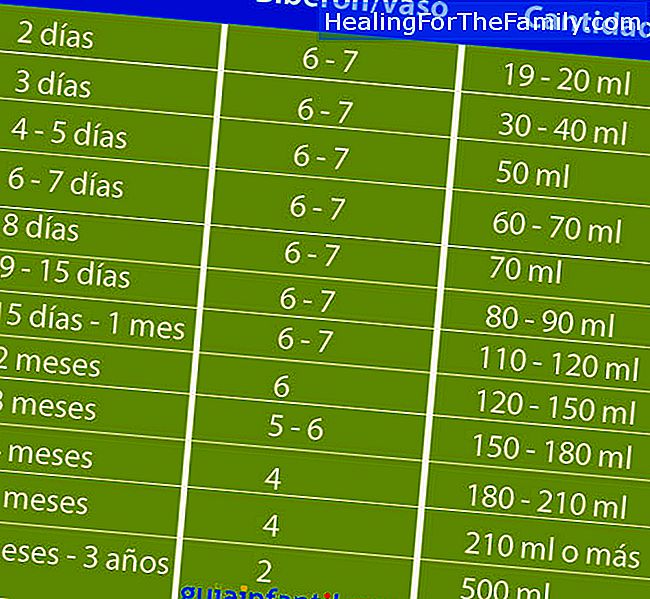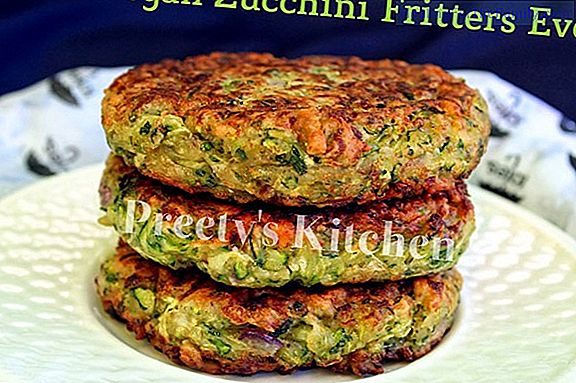Ideal diet for children with epilepsy
Epilepsy is a disorder of the nervous system that is characterized by the appearance of crises that recur with an indefinite and unpredictable frequency. Epileptic seizures are episodes of uncontrolled and abnormal activity of neurons that can cause changes in the child's attention or behavior. Is t
Epilepsy is a disorder of the nervous system that is characterized by the appearance of crises that recur with an indefinite and unpredictable frequency. Epileptic seizures are episodes of uncontrolled and abnormal activity of neurons that can cause changes in the child's attention or behavior.
Is there any way to space or decrease the intensity of epileptic seizures? We tell you what is the ideal food for children with epilepsy. Nutritional advice for children with epilepsy
The cause of epilepsy can originate from an injury or disorder that affects the brain, or have a completely unknown origin, and can appear at any age. Symptoms vary from person to person, ranging from mild episodes of absences, loss of consciousness or violent tremors. In general, the type of epileptic seizure and its seriousness depends on the part of the affected brain.

Although obviously the treatment of epilepsy is pharmacological,
the follow-up of an appropriate diet can help to space the crises and diminish their seriousness .It has been observed experimentally that the ce ketogenic diet
, that is, a diet rich in fat and low in carbohydrates, can be beneficial especially in cases of children in whom the medication does not achieve the desired effect. Approximately 40% of the children who participated in these studies showed a reduction of up to half in the appearance of epileptic seizures, they were more alert and in a better mood after following this diet for 3 months. However, any change in diet that should not be taken lightly but should be directed by a nutrition professional, in addition to the pediatrician, as it can have side effects. Traditionally, the ketogenic diet involves a fat intake of approximately 3g per g of another macronutrient (protein and carbohydrate). It is a very severe diet that requires thatthe child completely avoid, among others, bread, pasta or potatoes.
However, there are more flexible alternatives that have also yielded good results. As a general recommendation, and without following a diet as strict as ketogenic, it seems that a diet with greater fat inclusion than usually recommended is beneficial for children with epilepsy. The usual recommendations suggest no more than 25% of the energy intake from fat, while for children with epilepsy, it could be advisable to increase it up to 65%.
Whole dairy instead of semi-skimmed, meat pieces without removing visible fat, blue fish instead of white ... can serve to increase the fat percentage in the child's diet. As for the carbohydrates, these should be low glycemic index
, that is, those that keep the blood glucose level stable, without modifying it excessively. Vegetables such as broccoli, peppers, raw carrots or zucchini, fruits such as cherries, strawberries, pears or tangerines (those with the least amount of simple sugars), whole-grain pasta and rice, nuts such as walnuts or pistachios, legumes such as chickpeas or soybeans.












